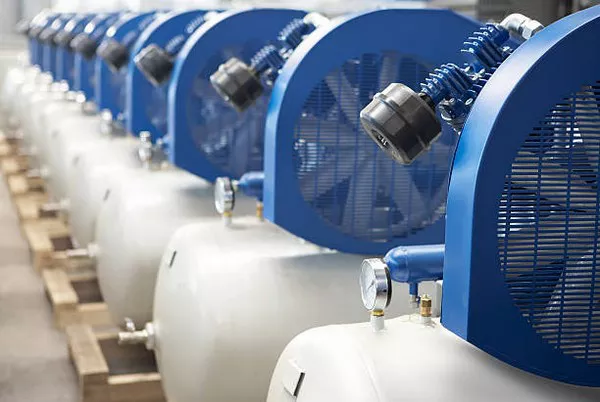In the realm of compressors, the term CFM (Cubic Feet per Minute) holds significant importance, serving as a fundamental metric for assessing the performance and capabilities of these vital machines. Understanding CFM is crucial for professionals and enthusiasts alike, as it directly impacts the efficiency, output, and overall functionality of compressor systems. In this comprehensive exploration, we unravel the intricacies of CFM on a compressor, shedding light on its meaning, measurement, and practical implications.
Defining CFM:
At its core, CFM represents the volume of air that a compressor can deliver within a minute. It quantifies the compressor’s airflow capacity, indicating how much air it can move or deliver under specific operating conditions. This metric is pivotal in various applications, from pneumatic tools and HVAC systems to industrial processes and automotive maintenance.
The Measurement of CFM:
Determining the CFM rating of a compressor involves meticulous assessment and standardized testing procedures. Typically, manufacturers conduct performance tests under controlled conditions to ascertain the compressor’s airflow output. These tests involve measuring the volume of air expelled by the compressor over a specified period, usually one minute, while accounting for factors such as pressure, temperature, and humidity.
Understanding Standard Conditions:
To facilitate accurate comparisons and ensure consistency across different compressor models, CFM ratings are often specified at standard conditions. Standard conditions typically include a temperature of 68°F (20°C) and a relative humidity of 36%, with air at sea level pressure (14.7 pounds per square inch or 1 atmosphere). Adhering to standardized conditions enables consumers to make informed decisions and facilitates fair comparisons between various compressor units.
Factors Influencing CFM:
Several factors can influence a compressor’s CFM output, including its design, size, motor power, and operating pressure. Additionally, environmental variables such as altitude, temperature, and humidity can impact airflow performance. It’s essential to consider these factors when evaluating compressor specifications and selecting the most suitable equipment for specific applications.
Application in Pneumatic Tools:
In the realm of pneumatic tools, CFM plays a critical role in determining the compatibility between compressors and air-powered devices. Different tools require varying airflow rates to operate efficiently, with high-demand tools such as sanders and grinders necessitating higher CFM ratings. Matching the compressor’s CFM output to the requirements of pneumatic tools ensures optimal performance and prevents issues such as air pressure drops or inadequate airflow.
Importance in HVAC Systems:
CFM is equally significant in heating, ventilation, and air conditioning (HVAC) systems, where it dictates the volume of air circulated within a building’s ductwork. Proper airflow is essential for maintaining indoor air quality, regulating temperature, and maximizing energy efficiency. HVAC professionals rely on accurate CFM calculations to design and install systems that meet the comfort and safety needs of occupants while adhering to industry standards and regulations.
Industrial Applications:
In industrial settings, compressors are integral to a myriad of manufacturing processes, ranging from pneumatic machinery and assembly lines to material handling and packaging systems. CFM ratings are instrumental in selecting compressors that can meet the air supply demands of these diverse applications. Whether it’s powering pneumatic actuators, operating air-driven tools, or facilitating air filtration and purification, the CFM capacity of compressors directly impacts production efficiency and reliability.
Optimizing Efficiency:
Maximizing the efficiency of compressor systems entails careful consideration of CFM requirements alongside other performance metrics such as horsepower, pressure ratings, and duty cycles. Oversized compressors may consume excessive energy and incur unnecessary costs, while undersized units can lead to insufficient airflow and compromised functionality. By selecting compressors with appropriately matched CFM ratings, users can optimize energy consumption, reduce operating costs, and prolong equipment lifespan.
Conclusion:
In the realm of compressor systems, CFM serves as a cornerstone metric that underpins performance, efficiency, and functionality. Understanding the significance of CFM empowers users to make informed decisions when selecting compressors for various applications, whether in industrial settings, HVAC installations, or pneumatic tool operations. By appreciating the nuances of CFM measurement, professionals and enthusiasts alike can harness the full potential of compressor technology to meet their diverse air supply needs effectively and efficiently.

